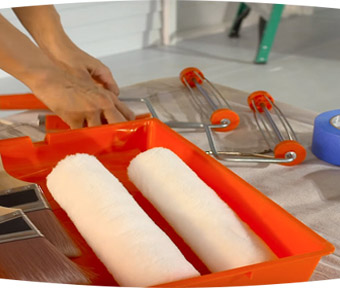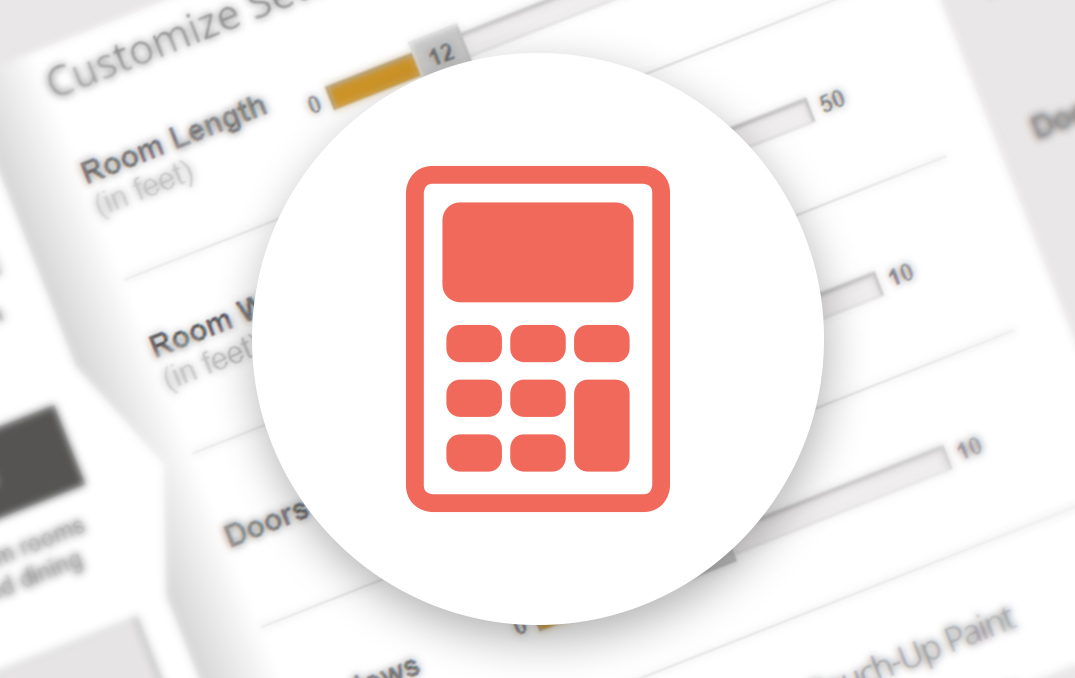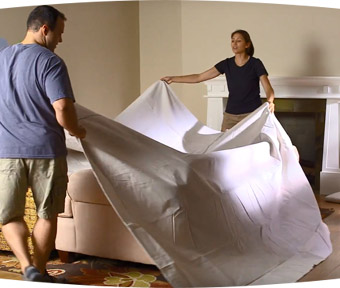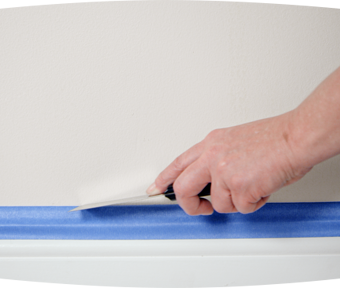
How to Use a Paint Brush and/or Roller on Interior Painting Projects
Once the prep work is out of the way, it's time to begin the fun part: the painting!
For Best Results:
Paint interiors in this order: ceiling, walls, windows, doors, and finally, the trim.
Always paint on a dry surface.
Start with BEHR® paint that has been stirred so any colour that may have settled is completely incorporated.
A properly loaded roller should not drip when moved and does not require you to apply force against a surface when painting.
- Brush 5.1 - 6.4 cm (2"-2½")
- Bucket
- Paint Can Opener
- Paint Tray
- Paint Tray Liner
- Painter's Tape
- Roller Cover and Frame
Load A Brush
-
Step 1
Use a brush that has water-dampened bristles. Dip the brush into the paint to about one-third of the total length of the bristles.
-
Step 2
Dab the brush against the inside of the paint can or the paint tray to remove excess paint. Don't wipe the brush against the rim of the can as the rim will fill with paint, making the opening and closing of the lid messy and difficult.
-
Step 3
Repeat this at least twice to make certain the bristles have taken up the proper amount of paint. If the brush is properly loaded, you should be able to move the brush without too many drips.
-
Step 4
To apply the paint, position the brush to the painted surface vertically, using the narrow edge of the brush as a guide. Ideally, you want to use the narrow edge as you would a pencil. A brush with an angled sash works best for cut-ins.
-
Step 5
Apply paint in a straight line, and move at a pace that would prevent the paint from dripping below the brush. Use enough pressure on the surface to ensure control of your painted line, but don't press hard. The bristles should flex slightly as you paint.
TIP: Work in strokes twelve inches or longer. Avoid stopping and starting in the middle of stroke lengths.
-
Step 6
When painting vertically, work from top to bottom. Once the brush starts to stick or skip, which is called "chatter," stop and reload your brush.
TIP: Do not brush back into any painted surface more than a couple of minutes after applying it.
-
Step 7
To avoid hard edges from paint lines, gently smooth out, or "feather," edges with the brush. Maintain a wet edge when painting a surface.
Load A Roller
-
Step 1
When painting with a roller, first remove any lint by lightly pressing painter's tape on the roller cover.
-
Step 2
Lightly dampen the roller and remove any excess moisture with a paper towel.
-
Step 3
Roll the roller cover into the deep end of the paint tray. Do this several times to cover the entire surface of the roller cover with paint.
-
Step 4
Keep in mind that a properly loaded roller should not drip when moved and does not require you to apply force against a surface when painting

PAINT AND STAIN CALCULATOR
Inside or outside; paint or stain: Let’s figure out how much you’ll need to make amazing happen.
Calculate
ASK AN EXPERT
Every project is unique: Keep small wrinkles from becoming big problems by letting the Behr Technical Experts lend a hand.
Get Expert Help
COLOUR STUDIO
So many colours and so many ideas: Visit Behr’s Colour Studio for inspiration, colour tools, design advice and everything you need to find your project’s perfect colour.
Colour Studio Back to Interior Painting How-To's
Back to Interior Painting How-To's




